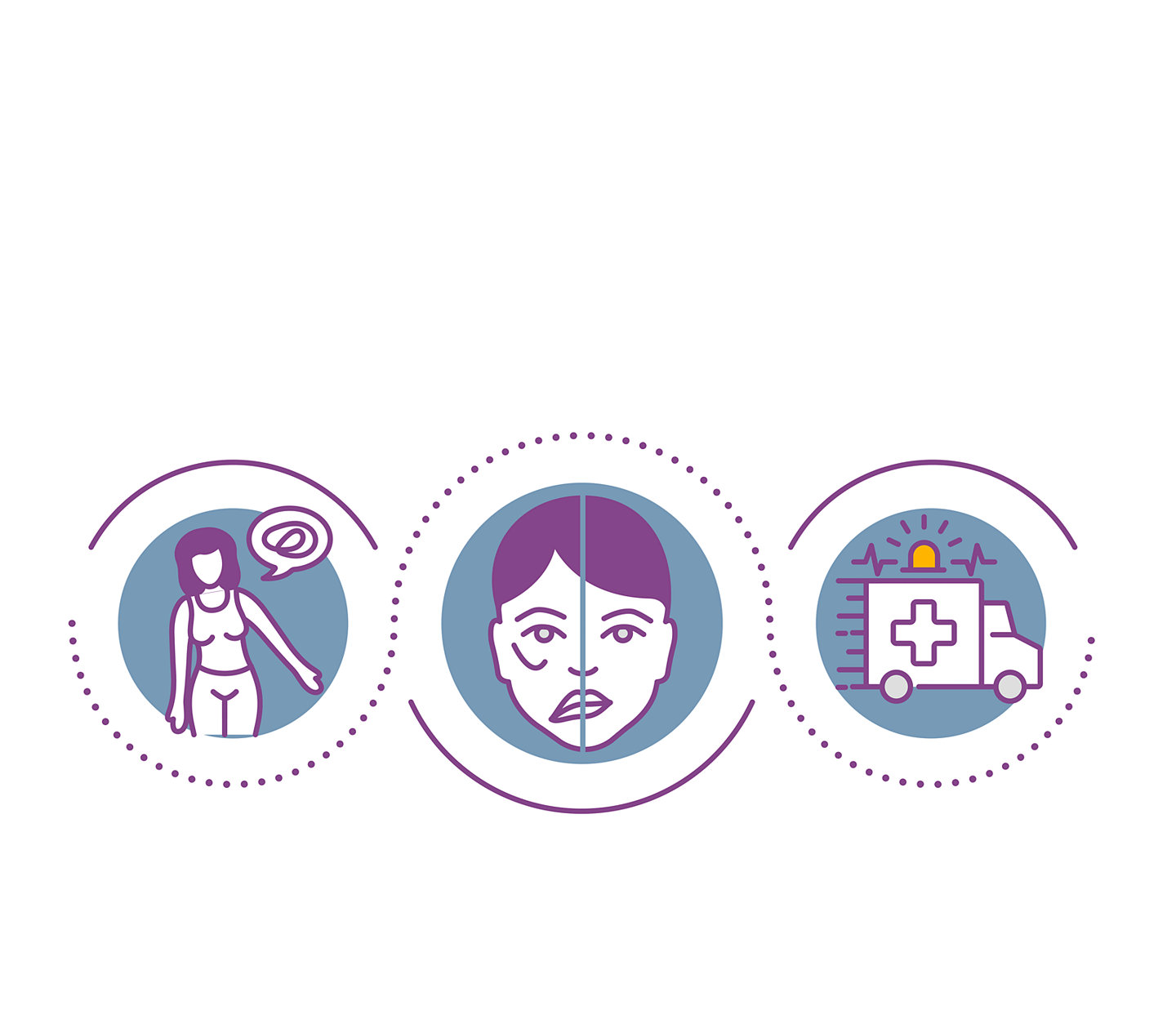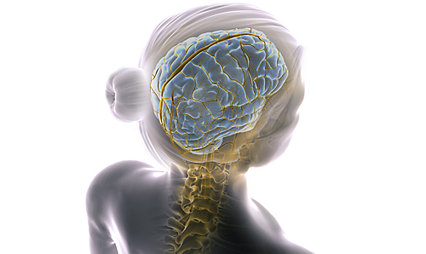20-May-2022
A stroke, sometimes referred to as a brain attack, generally happens suddenly, and medical care needs to be administered as quickly as possible.1 By understanding the warning signs and symptoms of stroke through the F.A.S.T. acronym, you can help someone have better chances of a full recovery.
As a leading cause of death and disability around the world, the most common type of stroke occurs when something blocks the blood supply to the brain (ischemic stroke).1,2 Believe it or not, in the United States, someone has a stroke every forty seconds.2 With a statistic like that, it’s important for each of us to understand how we can help someone who is experiencing a stroke.
“We’re reminded of the important work that our physicians, nurses and technicians do each day,” said Mark Paul, President of Stryker’s Neurovascular division. “Spreading awareness of the signs and symptoms of a stroke are integral in improving patient outcomes. If this information can positively impact just one patient’s life, then our efforts are worth it.”
Facial drooping and weakness can indicate a stroke.2
Take a look at the person’s face. Is one side of their face drooping or are they unable to move their lip up and down? If so, check for additional signs.
Arm weakness can indicate a stroke.2
A stroke can cause muscle weakness and numbness on one or both sides of the body. Check to see if the person’s arm is lying limp to their side. If so, check for the third sign.
Speech difficulty can indicate a stroke.2
If someone is slurring their words and you’re having a hard time understanding them, it’s time to call for help.
Time to call emergency medical services if you see these signs of stroke.
Speed of care matters when it comes to stroke. If you notice someone exhibiting the symptoms above, call emergency services immediately. Ischemic strokes block the flow of blood and as a result, oxygen moving to and from the brain.1 Within minutes of a stroke, brain cells start to die which can cause permanent disability.1 This is why it’s so important to act quickly.
Once a patient gets to the hospital, the best course of treatment depends on the type of stroke, the patient’s age, the severity of the stroke and other risk factors. And for those who do receive prompt care, there is hope that a patient can live a healthy life afterward.
Thanks to Dr. Nicholson’s quick action and skill in the operating room, Steve survived an ischemic stroke. Watch how Dr. Nicholson used the Trevo Retriever, a minimally invasive stent retriever designed to remove blood clots, to remove the blood clot in his brain.
Five things you need to know about high blood pressure and stroke
Learn moreReferences
1. Centers for Disease Control. ‘About stroke.’ Published April 5, 2022. Accessed April 28, 2022 via https://www.cdc.gov/stroke/about.htm
2. Centers for Disease Control. ‘Stroke communications it. Published April 22, 2022. Accessed April 28, 2022, via https://www.cdc.gov/stroke/communications_kit.html



